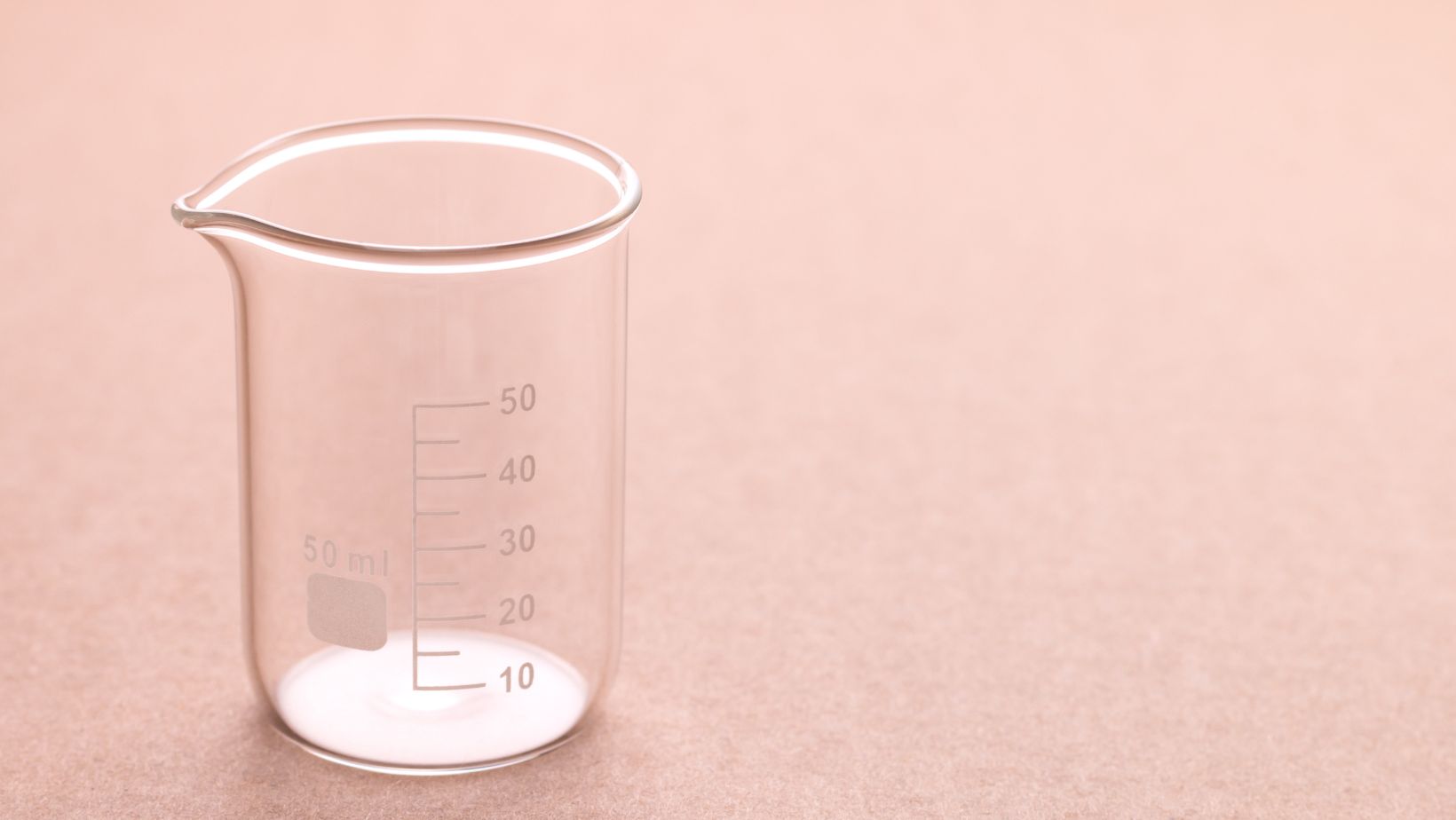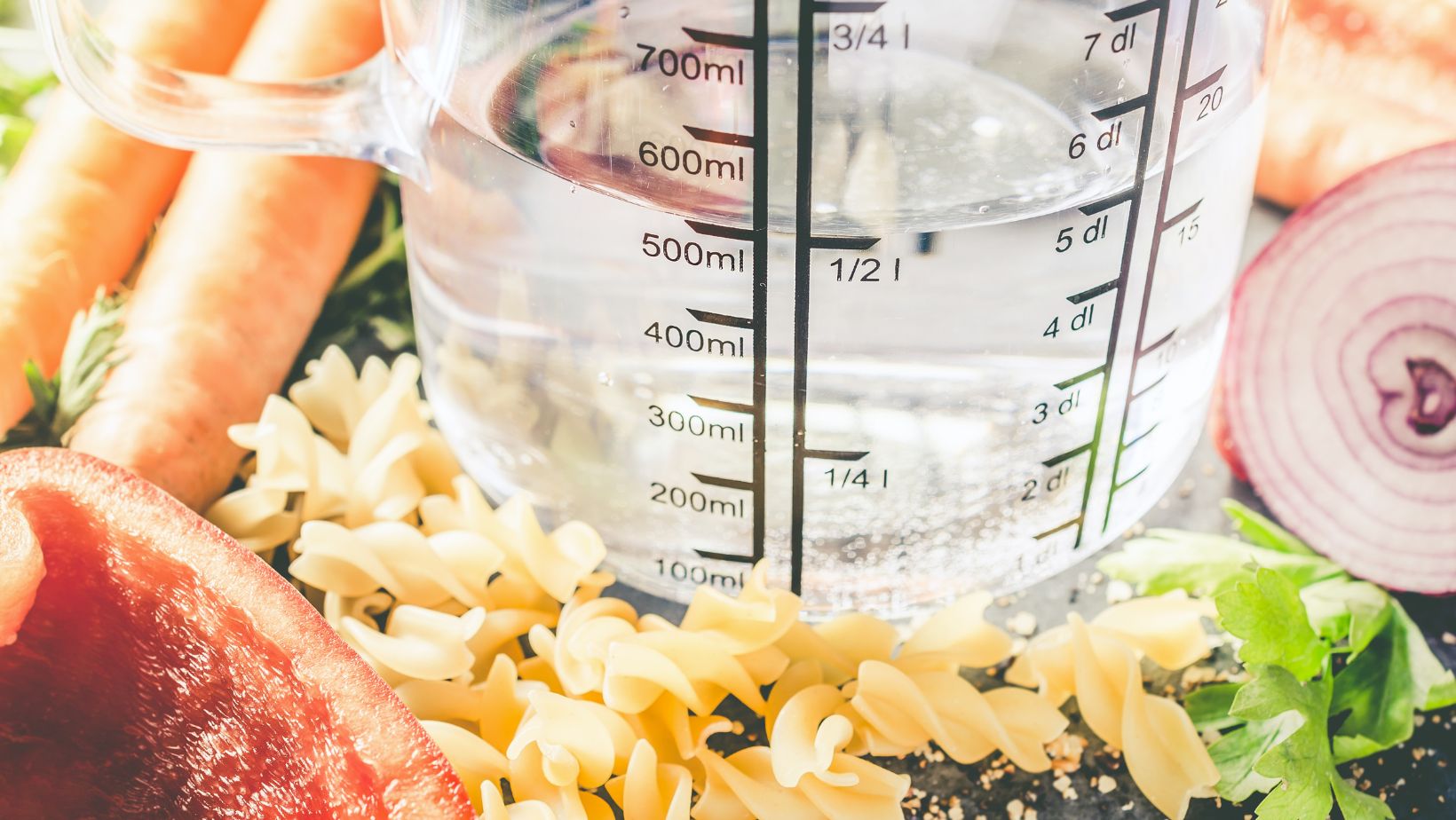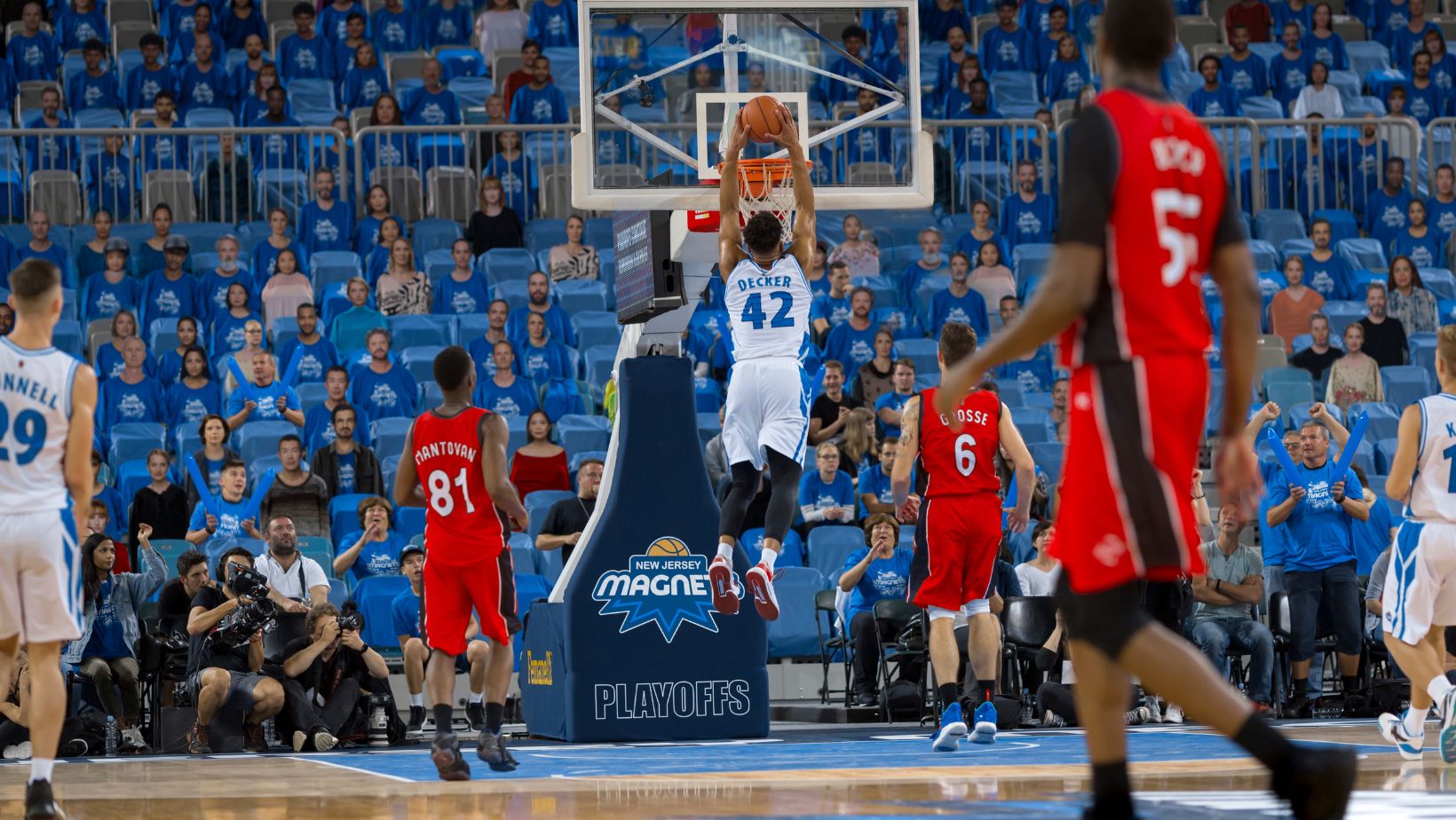How Many Ml Are in a Half Gallon: A Conversion Guide

How many milliliters are in a half gallon? It’s a common question when trying to convert volumes between different units of measurement. In this article, I’ll provide you with a conversion guide to help clear up any confusion and make it easier to calculate the exact amount.
To begin with, let’s establish the basic measurements. A gallon is a unit of volume commonly used in the United States, equal to 128 fluid ounces or approximately 3.785 liters. On the other hand, a milliliter (ml) is a metric unit of volume equivalent to one-thousandth of a liter.
Knowing these definitions, we can now determine how many milliliters are in a half gallon. Since there are 128 fluid ounces in a gallon, dividing this number by two gives us 64 fluid ounces – precisely equal to 1,892.71 milliliters.
If you ever wonder about the ml measurement for half a gallon, remember that it amounts to roughly 1,892.71 milliliters. This knowledge will prove handy in various situations where precise conversions are necessary – from cooking recipes to scientific experiments.
How Many Ml Are in a Half Gallon
Conversions play a crucial role when it comes to understanding the relationship between gallons and milliliters. Converting from gallons to milliliters can be handy, especially when dealing with different measurement systems or recipes using varying volume units. To convert gallons to milliliters, you need to know the conversion factor.
The conversion factor for gallons to milliliters is 1 gallon = 3,785.41 milliliters. This means that for every gallon, there are approximately 3,785.41 milliliters. Here’s an example calculation:
- Let’s say we have 2 gallons.
- To determine how many milliliters are in those 2 gallons, we multiply 2 by the conversion factor (3,785.41).
- The result is 7,570.82 milliliters.
So, if you ever come across a recipe or measurement in gallons and you need it in metric units like milliliters, now you know how to convert them!
Understanding the Metric System
To fully grasp the concept of converting between gallons and milliliters accurately, it’s essential to understand the metric system – the universal measurement system used worldwide. The metric system is based on powers of ten and provides a straightforward way of converting between different units of measurement.
In the case of volume measurements like liters and milliliters within the metric system, each unit represents different magnitudes:
- A liter (L) is equal to 1,000 cubic centimeters (cc) or 1 kilogram (kg) of water.
- As its name suggests, a milliliter (ml) is one-thousandth (1/1000) of a liter.
This decimal-based approach makes conversions within the metric system relatively simple since they involve moving decimal places rather than complex mathematical calculations.

Calculating the ML in a Half Gallon
When it comes to converting measurements, having a clear understanding of the starting point is crucial. In the case of calculating milliliters (ML) in a half gallon, we need first to grasp what constitutes a half gallon. A half gallon is equivalent to half of a U.S. liquid gallon, widely used as a standard measurement in the United States. It’s important to note that countries outside of the U.S. might use different units of measurement for liquid volume.
The Importance of Accurate ML Conversions
Accurate conversions are essential when measuring, especially in fields where precision matters, such as cooking, science experiments, or pharmaceutical preparations. Whether you’re following a recipe that calls for an exact amount of liquid or conducting scientific research that requires precise measurements, understanding milliliter conversions from common units like gallons can make all the difference.
By ensuring accurate conversions between gallons and milliliters, you can avoid costly mistakes and maintain consistency in your work. Precision becomes even more critical when scaling up or down recipes or working with small quantities where slight variations can significantly impact outcomes.




